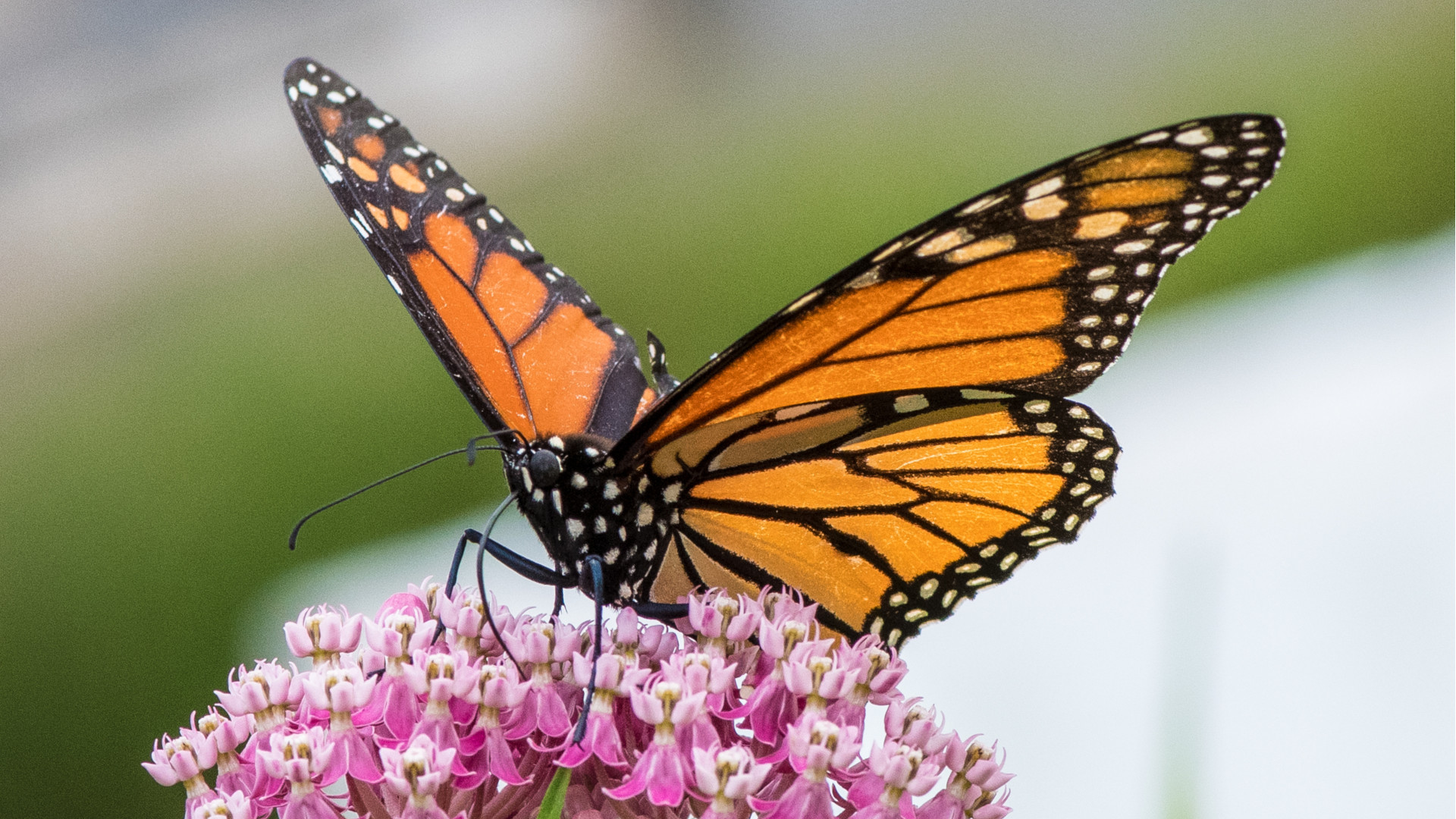Monarch butterflies haven’t had it easy lately. Populations of these beloved insects have crashed 80 percent or more in most parts of their range as a result of pesticides, habitat loss, climate change and other environmental threats. As a result, monarchs are now being considered for protection under the Endangered Species Act.
A lot of people are working hard to protect monarchs, but one all-too-common activity intended to help may actually do more harm than good: mass releases of captive-raised butterflies.
Why is that a problem? Check out our video.
The most common danger to larvae at these mass-rearing operations is a pathogen called Ophyrocystis elektroscirrha, a protozoan parasite that can harm a butterfly’s ability to emerge from chrysalis or deform its wings so they can’t extend or flatten. Although the threat posed this pathogen is well-known there are currently no requirements for breeders to test for its presence, according to a recent joint letter from the Xerces Society for Invertebrate Conservation and other experts.
This isn’t the only problem. Mass captive breeding also has the potential to reduce monarchs’ genetic diversity — ironically, making them even more susceptible to disease and other dangers. Shipping insects around the country can also result in geographically adapted monarchs being released into areas where they’re less likely to survive.
Released monarchs that live and make their way into the wild pose a different kind of problem, as their presence interferes with scientists’ ability to track and understand monarch declines. “When we see a butterfly, we don’t know if it’s gotten there because somebody has released it or if it got there naturally,” monarch researcher Karen Oberhauser told NPR.
Even if these threats were mitigated, new research finds that captive-raised monarchs wouldn’t necessarily help wild populations because they sometimes lose their ability to migrate. Instead of flying south, second-generation butterflies (those born from captive stock) just flutter in random directions. Researchers suspect a genomic anomaly from the captive-breeding process.
So what’s the best way to help monarchs? As we show in our video, wild monarchs need a steady supply of milkweed plants, the host plant for their eggs. Planting milkweed — especially on a community level — will help to provide a steady supply of food for emerging caterpillars. Monarchs in each area of the country need different types of monarch plants, and you can find the best ones to plant here.
Adult monarchs, meanwhile, require various kinds of nectar-producing plants. The Xerces Society has a good resource for the best varieties here.
Still feel the need to do more? The best option, according to experts, is to ask your community to use fewer pesticides. Individuals and groups can also help gather information about wild butterflies to assist broader conservation efforts. Monarch Joint Venture has a list of citizen science opportunities for tracking migration and population sizes. You can even download an app to report monarch sightings in your neighborhood.
![]()



